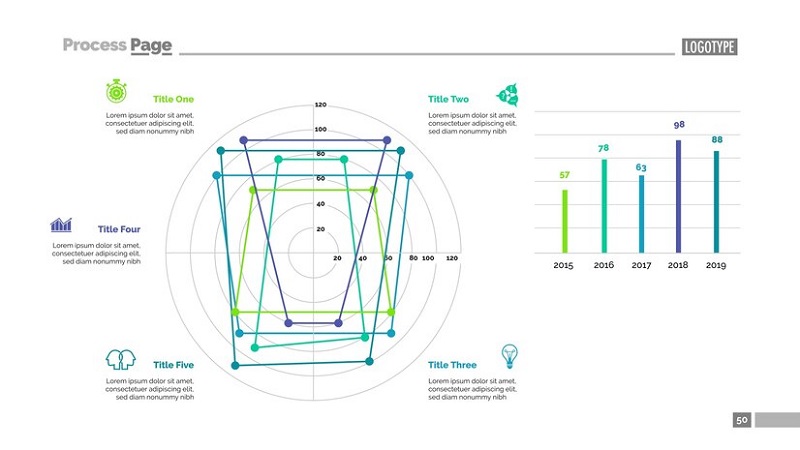Active voice: It is essential in geometry to determine which diagram shows lines that must be parallel and cut by a transversal. This knowledge helps us understand the relationships between angles formed by a transversal intersecting two or more lines. In this article, we will explore the conditions under which lines must be parallel when cut by a transversal, and how to identify such diagrams through various angle relationships.
1. Understanding Parallel Lines
To address which diagram shows lines that must be parallel and cut by a transversal, you must first understand the concept of parallel lines. Active voice: Two lines run in the same direction and never intersect, no matter how far they are extended; these lines are called parallel lines.
Characteristics of Parallel Lines
- No Intersection: Parallel lines do not intersect at any point.
- Equal Distance: The distance between parallel lines remains constant.
- Identical Slopes: In a Cartesian plane, parallel lines have the same slope, meaning they rise and run at the same rate.
2. What Is a Transversal?
A transversal is a line that crosses two or more other lines at different points. To identify parallel lines cut by a transversal, the role of the transversal is central when analyzing which diagram shows parallelism..
Types of Angles Formed by a Transversal
- Corresponding Angles: These angles are in the same position at each intersection created by the transversal.
- Alternate Interior Angles: These angles are on opposite sides of the transversal but inside the two intersected lines.
- Alternate Exterior Angles: These angles are on opposite sides of the transversal but outside the two intersected lines.
- Consecutive Interior Angles: These are angles on the same side of the transversal and inside the intersected lines.
3. Conditions for Lines to Be Parallel When Cut by a Transversal
Corresponding Angles Postulate
If two lines are cut by a transversal and the corresponding angles are congruent, then the lines are parallel.
Alternate Interior Angles Theorem
If two lines are cut by a transversal and the alternate interior angles are congruent, then the lines must be parallel.
Alternate Exterior Angles Theorem
If a transversal cuts two lines and the alternate exterior angles are congruent, then the lines are parallel.
Consecutive Interior Angles Theorem
Active voice: If a transversal cuts two lines and the consecutive interior angles are supplementary (adding up to 180 degrees), then the lines must be parallel.
4. Identifying Parallel Lines in Diagrams
Active voice: Follow these steps to determine which diagram shows lines that must be parallel lines cut by a transversal.
Step 1: Identify the Transversal
Find the line that intersects the other lines in the diagram. This line is the transversal.
Step 2: Examine the Angles
Look at the angles formed at the intersections. Identify which type of angles are present (corresponding, alternate interior, alternate exterior, or consecutive interior).
Step 3: Apply the Theorems and Postulates
Use the corresponding angles postulate, alternate interior angles theorem, alternate exterior angles theorem, or consecutive interior angles theorem to determine if the angles confirm that the lines are parallel.
5. Example Diagrams
Active voice: We will examine different diagrams to identify which one shows lines that must be parallel and cut by a transversal.
Diagram A: Corresponding Angles
- In this diagram, if the corresponding angles are congruent, then according to the corresponding angles postulate, the lines must be parallel.
Diagram B: Alternate Interior Angles
- If the alternate interior angles are congruent in this diagram, the lines are parallel based on the alternate interior angles theorem.
Diagram C: Alternate Exterior Angles
- If the alternate exterior angles are congruent, then the lines must be parallel as per the alternate exterior angles theorem.
Diagram D: Consecutive Interior Angles
- If the consecutive interior angles are supplementary in this diagram, the lines are parallel according to the consecutive interior angles theorem.
6. Common Misconceptions
To avoid common misconceptions, you need to understand which diagram shows lines that must be parallel lines cut by a transversal.
Assuming Lines Are Parallel Without Verification
Do not assume lines are parallel merely by appearance. Always check angle relationships to confirm parallelism.
Misidentifying Angle Types
Ensure accurate identification of angle types to apply the correct theorem. Misidentification can lead to incorrect conclusions about parallelism.
7. The Role of Parallel Lines and Transversals in Geometry
Parallel lines and transversals are fundamental in geometry, influencing various geometric proofs and real-world applications.
Geometric Proofs
Proofs often use the properties of parallel lines and transversals. For instance, demonstrating that two lines are parallel may involve proving that corresponding angles are congruent.
Real-World Applications
Parallel lines and transversals have practical applications in engineering, architecture, and design, ensuring structures are level and balanced.
8. Practice Problems
To reinforce the understanding of which diagram shows lines that must be parallel lines cut by a transversal, consider these practice problems:
Problem 1: Identifying Parallel Lines
Given a diagram with a transversal, identify which angle relationships indicate that the lines are parallel.
Problem 2: Proving Lines Are Parallel
Use theorems such as the corresponding angles postulate or alternate interior angles theorem to prove lines are parallel.
Problem 3: Real-World Application
Explain how parallel lines and transversals ensure the parallelism of roads in urban planning.
9. Conclusion
To identify which diagram shows lines that must be parallel lines cut by a transversal, you need to clearly understand angle relationships and theorems. By applying these principles, one can accurately determine parallelism and solve geometric problems effectively. Mastery of these concepts not only strengthens geometric reasoning but also has practical implications in various fields. Read More D2armorpicker.
